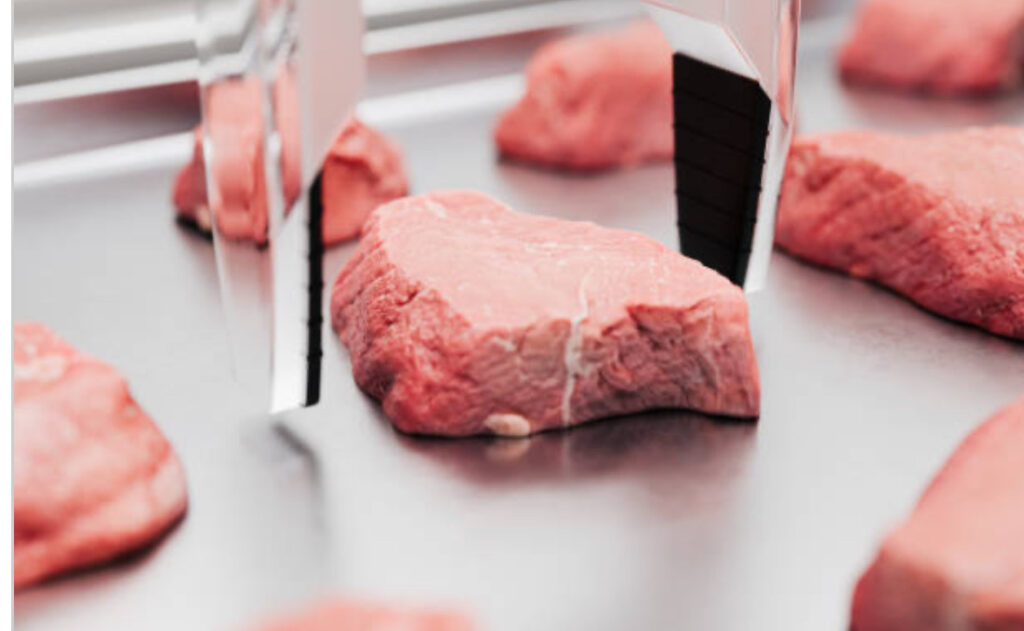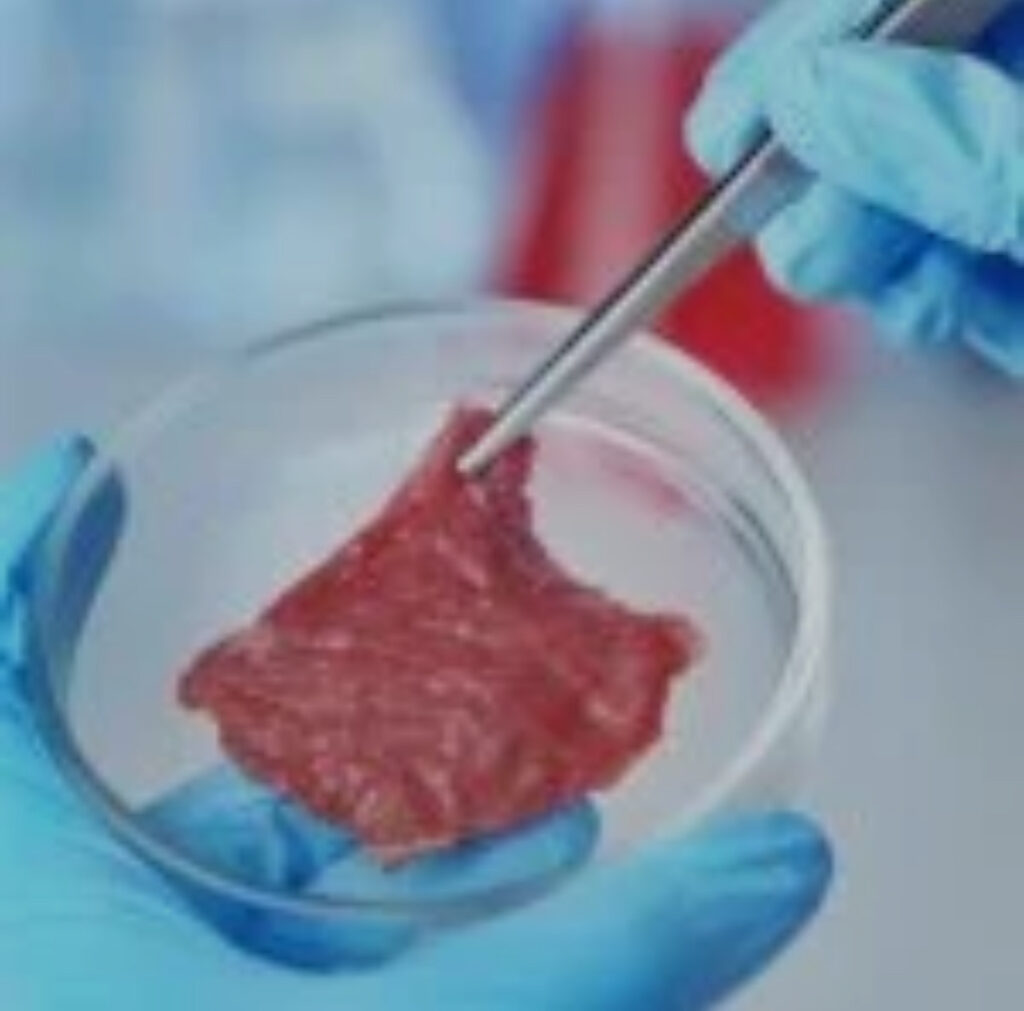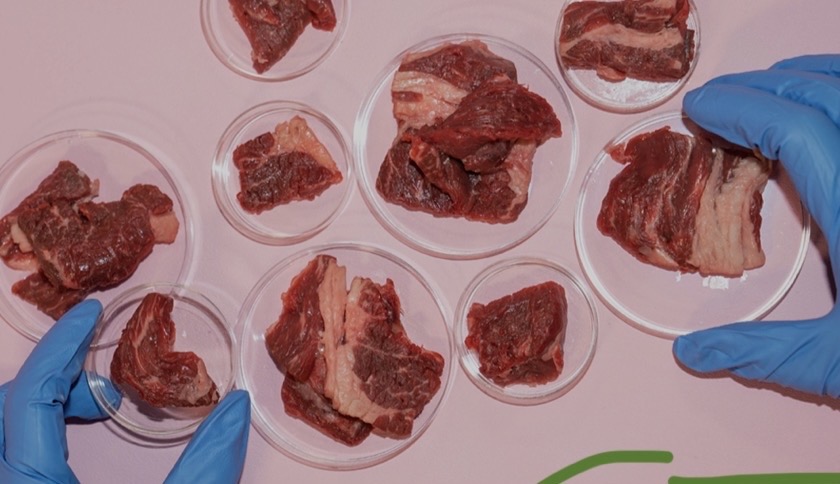
Why lab-grown meat is bad apart from the moral connotations, Hindu, Muslim, and Jewish adherents wonder whether cultured meat fits their religious convictions and is hence fit for consumption.
Introduction of Why lab-grown meat is bad
People have eaten meat throughout history. We’ve always assumed that meat comes from animals, but scientists have now discovered a way to change that. It is now possible to create flesh in a lab, completely outside of an animal’s body. This is known as lab-grown or cultured meat. But will it really make factory farms obsolete? There may be a renewed debate about why lab-grown meat is bad.
Halal considerations for cultivated meat

Three components define halal issues for cultured meat: the scaffold’s structure, the usage of serum, enzymes, growth agents, and nutrients, and the stem cell source.
There must be any non-halal components in the scaffold used in cultivation. If generated from halal killed animals, gelatine can be used as a scaffold; but, employing animal serum is forbidden since it is regarded as comparable to blood from an Islamic viewpoint.
Whether the produced meat is halal depends much on the kind of stem cells employed in the manufacturing procedure. While stem cells from chicken eggs are halal as eggs are already acceptable to eat, stem cells from beef are allowed provided the meat is first killed.
Islamic doctrine forbids farmed meat produced from embryonic stem cells of un-slaughtered animals, nonetheless.
Made in laboratories, how is meat grown?

Lab grown may sound ominous, but it’s actually not that bad. It’s more descriptive than free range or farm raised when describing cultured meat. As an example, consider a cow. The cultured flesh will be made using embryonic stem cells taken from cows. These cells are the basic units of all muscles and organs. To facilitate cell proliferation and growth, the cells are cultured on petri dishes together with carbs and amino acids. A meat similar to ground beef is the end product of sufficient maturation of muscle fibers.
Laboratory generated meat was invented by whom?
Table of Contents
August 2013 saw the first cultured beef patties presented to the globe. Mark Post of Maastricht University oversaw a team that developed the meat.
Not only beef but also chicken, duck, shellfish, foie gras, kangaroo, and more among the around 60 start-ups attempting to produce and market cultured meat at the moment.
Why lab-grown meat is bad
Although cholesterol levels may be reduced in lab-grown meat production, a study conducted by the FAO and WHO found that the chemicals utilized for cell cultivation are detrimental to metabolism and have been associated with cancer development, the very outcome being mitigated.
Lab-grown meat, derived from animal cells, is frequently considered more environmentally sustainable than beef, as it is anticipated to require less land, water, and greenhouse gas emissions than cattle farming. In a preprint that has not yet undergone peer review, researchers at the University of California, Davis, have determined that the environmental effect of lab-grown or “cultivated” meat is expected to be “orders of magnitude” greater than that of retail beef, based on existing and imminent production techniques.
Greenhouse Gas Emissions
Researchers performed a life-cycle study of the energy requirements and greenhouse gas emissions during all production stages and compared these metrics with those of beef. A significant difficulty with lab-grown meat is the reliance on highly refined or pure growth medium, which are essential for the proliferation of animal cells. This process presently resembles the biotechnology employed in pharmaceutical production. This raises a fundamental inquiry regarding cultured meat production: Is it a medicinal product or an alimentary product?
Muslim consumers
Muslim consumers, analyzes Halal certification criteria pertaining to cultivated meat, and investigates specific beliefs within the Islamic faith that could either facilitate or hinder the widespread adoption of alternative protein among the projected 2.78 billion Muslims in the future.
Conclusion
Although hailed as a breakthrough answer to the ethical and environmental problems of conventional animal production, lab-grown meat begs serious questions beyond only moral ones. For followers of Hinduism, Islam, and Judaism, the religious permissibility of cultured meat stays a divisive topic since its manufacturing techniques frequently contradict dietary guidelines and spiritual beliefs. Muslim consumers find it difficult to accept non-halal ingredients, such animal serum or embryonic stem cells from unslaughtered animals. Likewise, the ambiguity about the procurement and treatment of cells could discourage other religious groups from adopting this invention.
Furthermore under increasing doubt are the environmental advantages of lab-grown beef, sometimes praised as a sustainable substitute. Emerging studies point to a greater environmental impact than previously believed resulting from the energy-intensive manufacturing process and reliance on refined growing mediums. Health issues also loom big; studies showing possible hazards connected to the chemicals employed in cell growth point to ties to metabolic disturbance and cancer.
Although lab-grown meat is a technological advance, its general acceptance will be greatly challenged. Addressing religious, environmental, and health-related issues can help to guarantee that this invention fits the ideals and requirements of many different worldwide societies. The argument over whether lab-grown meat is a reasonable and moral substitute for conventional meat will continue until these difficulties are fixed.
